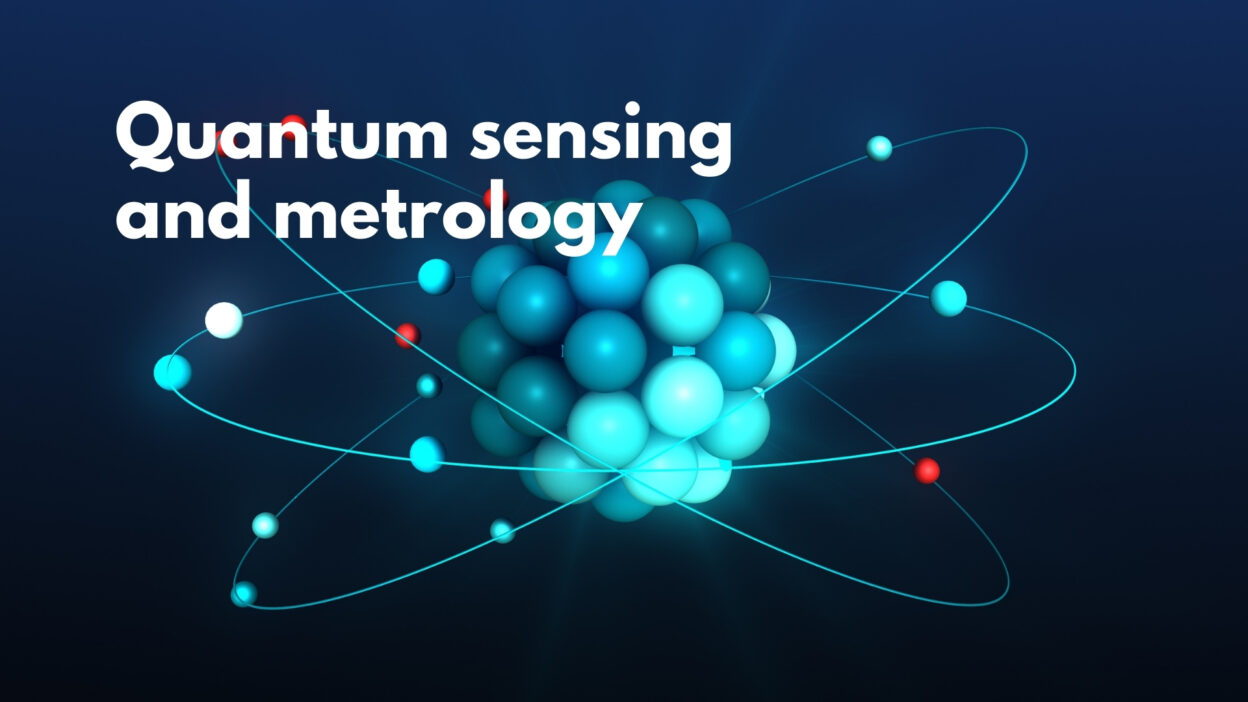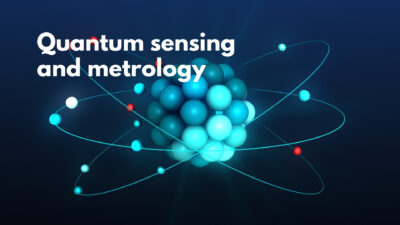The National Institute of Standards and Technology (NIST) has established a Magnetic Sensing and Metrology Program to characterize and standardize magnetic sensors for various applications. These sensors are used in fields such as biomedical imaging, industrial inspection, electronics, environmental monitoring, infrastructure assessment, and defense.
NIST works with companies to assess the performance of magnetic sensors, which vary in sensitivity, spatial resolution, dynamic range, bandwidth, size, and cost. For example, magnetic data storage and chip inspection require high sensitivity and spatial resolution, while magnetoencephalography (MEG) needs high sensitivity and spatial resolution but lower bandwidth.
To meet these diverse requirements, NIST has developed facilities to measure magnetic sensor performance from 1 femtotesla (fT) to 20 tesla (T) and to create synthetic field environments. These facilities include a low-noise magnetic shielded room with field generation coils to simulate various application environments, such as low field and low noise for neural response measurement, and stray fields from batteries for defect identification. NIST also has an assortment of magnetometers with measurement ranges from 10 fT to 20 T, uniform field environments from 10 fT to 9.4 T, and calibration capabilities from 65 mT to 9.4 T using nuclear magnetic resonance (NMR) magnetometers.
Source: https://www.nist.gov/programs-projects/magnetic-sensing-and-metrology
Keywords: Metrology, Sensing, Magnetic, Calibration, Magnetometers



